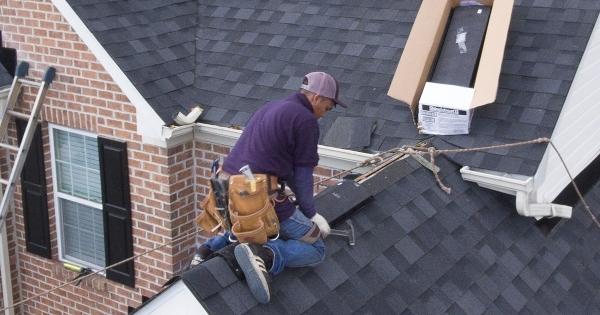The hammerhead roof company provides best items to the client different types of working materials doing by this company. You can check one of big work that is low slope roofing.
Selecting the Best Items for your Low-slope Roofing
Low-slope residential roofs can generally be divided into two broad categories: large flat roofs such as condominium developments, row houses, and townhouses, and smaller applications such as residential terraces and garage walkways in the main house, in which the slope of the roof changes dramatically from steep to gentle on the same frame.
Larger Residential Low Slope Roof Structure Jobs
For larger residential buildings with low pitched roofs, we have products and methods such as BUR systems, APP modified bitumen systems, and SBS modified bitumen systems, such as many products that have cool star surface areas that satisfy Energy Star requirements, and may even qualify for federal tax credits when installed as a low pitch residential roof product.
Small Residential Low Slope Roof Structure Jobs
We offer an excellent solution with our modified SBS bitumen roofing system for small residential buildings with low slopes such as garages and deck walkways. Fantastic products are characterized by their simple, beautiful, and clean application. In addition, they feature rough surface areas with colors that match the shingles supplying the homeowner using a complete and synchronized option for roof structures that vary from steep to low slopes.
What is a colored roof design?
A cool roof is a roofing system that provides greater solar reflectivity and higher thermal emissivity than conventional roofing products. Historically cool roofs have been either white or some other lighter tone.
Cool roofs can also increase roof strength and reduce a building’s cooling load as well as the urban heating island effect.
Some Function:
Most roofs worldwide are dark in color. In full solar heat conditions, the top of a black roof can heat more than 100°F relative to ambient heat, reaching temperatures of approximately 190°F. This increase in surface heat can contribute to:
- Increased cooling electricity use and higher utility bills
- Decreased indoor comfort
- Quicker damage to roofing parts elevated rooftop maintenance expenses, and high quantities of roofing waste shipped to landfills.
- Increased optimum electricity demand, increased electricity production expenses, along with a potentially overburdened power grid.
- Improved air pollution because of the intensification of the “heat island effect.”
Any building with a dark roof will use much more air conditioning electricity than a “cooler” building – a burden on both operating costs and the power grid. For example, cool roofing materials, Landmark Solaris shingles, Solaris presidential shingles, and Cool Star commercial cooling roofing products provide both immediate and long-term financial savings in building energy costs. The Environmental Protection Agency notes that cool roofs can:
- Reduced energy consumption: A cool roof transfers less heat to the building below. Consequently, the building is still cooler and less electricity is used for air conditioning.
- Reduce air pollution and greenhouse gas emissions: By reducing electricity consumption, cool roofs reduce air pollution and greenhouse gas emissions.
- Boost individual health and comfort: Cool roofs can lower air temperatures inside air-conditioned and non-air-conditioned buildings, preventing heart disease and death.
- Our Landmark Solaris and Presidential Solaris shingles are great examples of the home cool roofing materials with enhanced artistic charm.

